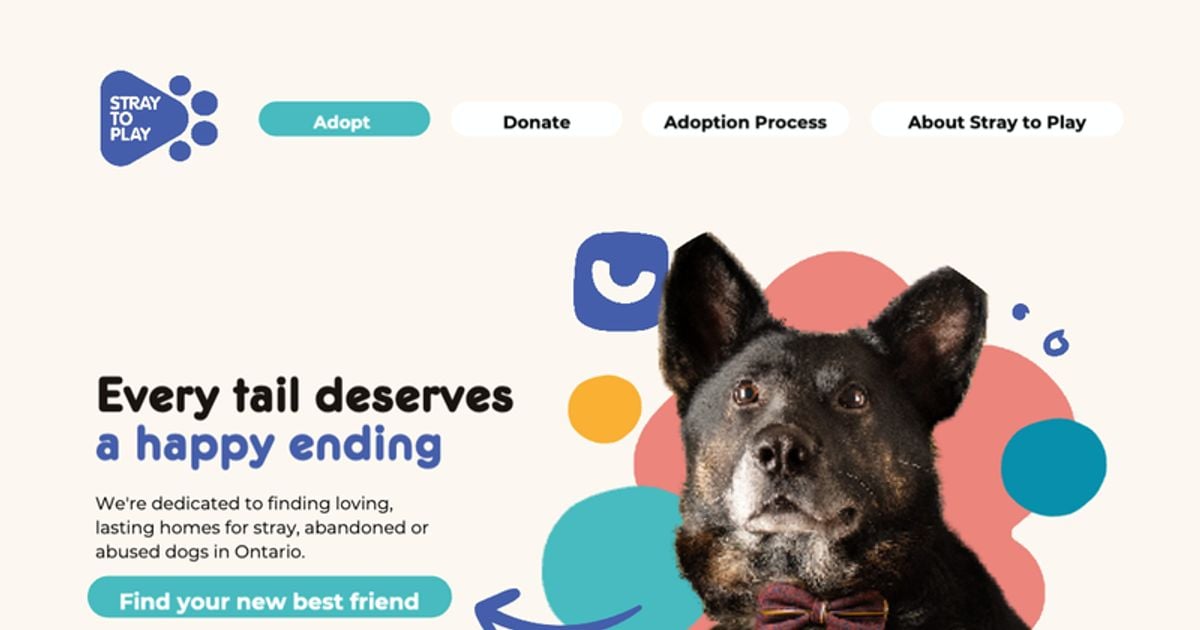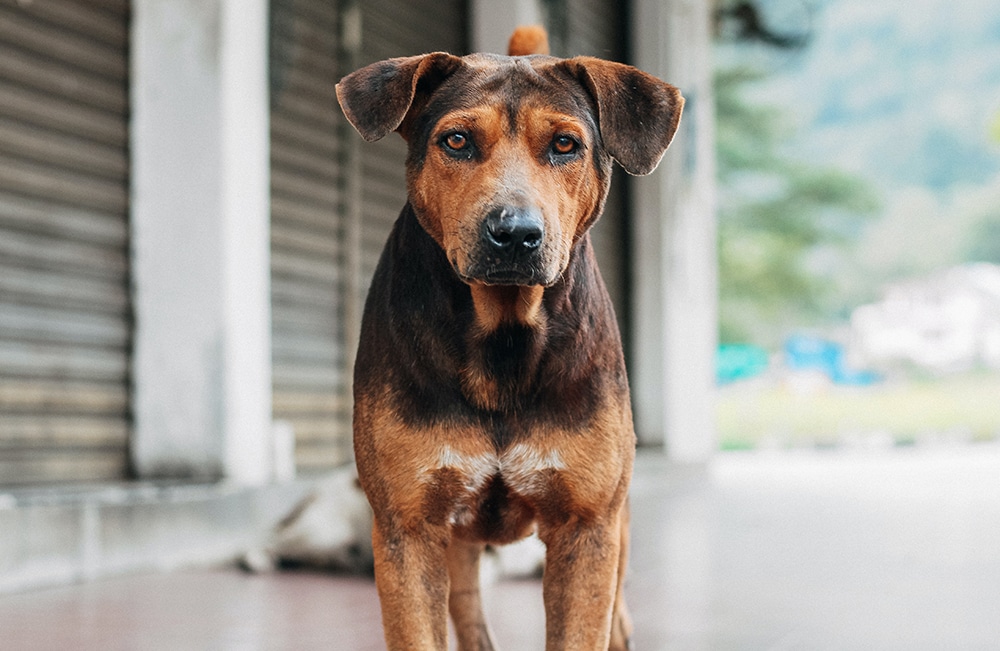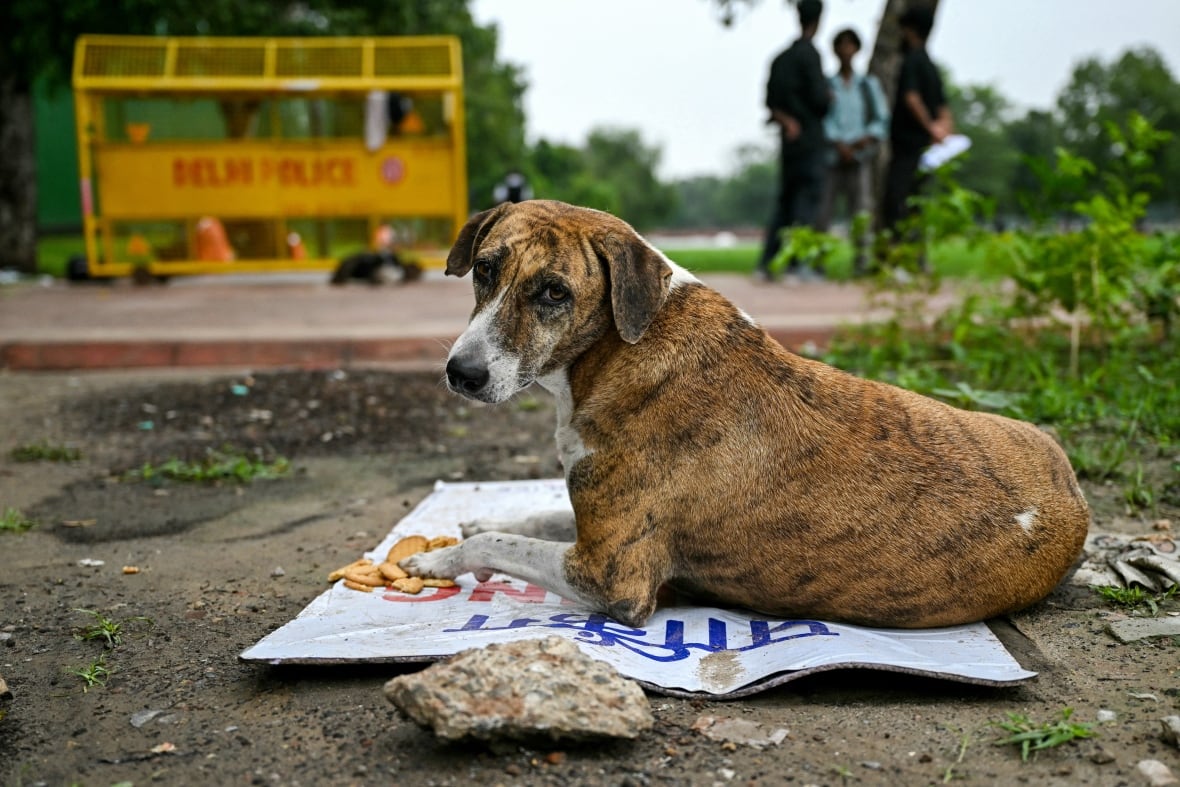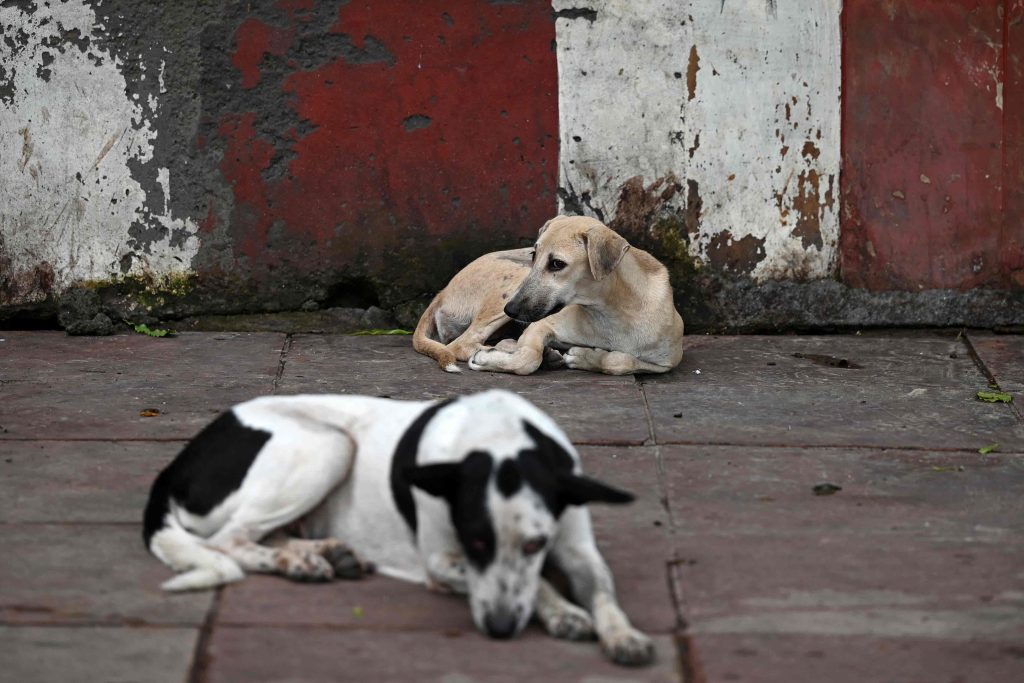Have you ever spotted a stray dog wandering alone and felt unsure about what to do next? You want to help, but who should you call to make sure the dog gets safe and proper care?
Knowing the right person or organization to contact can save the dog’s life and give you peace of mind. You’ll discover exactly who to reach out to when you encounter a stray dog, so you can act quickly and confidently.
Keep reading to learn how your quick decision can make a big difference.

Credit: straytoplay.org
Identifying A Stray Dog
Identifying a stray dog is the first step to helping an animal in need. Knowing the signs can prevent harm to the dog and people nearby. Recognizing a stray dog helps you decide the right action and who to call for assistance.
Signs A Dog Is Stray
- The dog appears dirty or unkempt.
- No collar or identification tags are visible.
- The dog looks thin or malnourished.
- It wanders alone without a clear direction.
- Shows signs of injury or illness.
- Seems scared or nervous around people.
Assessing The Dog’s Behavior
Observe the dog’s movements carefully. A stray dog may avoid eye contact or back away. Some may approach slowly, seeking help or food. Watch for signs of aggression like growling or barking. Calm and cautious behavior often means the dog needs help.
Safety Precautions
- Keep a safe distance to avoid startling the dog.
- Do not run or make sudden moves.
- Avoid direct eye contact, which can seem threatening.
- Do not attempt to touch the dog immediately.
- Use calm, soft voices to avoid alarming the dog.
- Call local animal control or rescue groups for help.
Immediate Steps To Take
Encountering a stray dog can be a delicate situation that requires quick and careful action. Taking the right immediate steps can make all the difference for the dog’s safety and your own. Knowing how to approach, care for, and avoid mistakes will help you handle the moment with confidence and compassion.
Approaching The Dog Safely
Before moving closer, observe the dog’s behavior from a distance. Is it calm, scared, or aggressive? This will guide your approach and help you avoid startling the animal.
Move slowly and speak softly. Avoid sudden movements or direct eye contact, which the dog might see as a threat. Extend your hand with your palm down and fingers relaxed to let the dog sniff you.
Have you ever noticed how your tone of voice can change an animal’s mood? Try a gentle, reassuring voice—it often encourages trust more than any physical gesture.
Providing Temporary Care
If the dog seems approachable, offer water and, if possible, some food. Use a bowl or your hands to avoid accidental bites. Never force the dog to eat or drink if it refuses.
Keep the dog in a safe, quiet area away from traffic and other animals. Covering the dog lightly with a blanket can provide warmth and comfort, especially if it looks cold or scared.
Remember, your role is to stabilize the dog until professional help arrives. Providing a calm environment can reduce the dog’s stress significantly.
Avoiding Common Mistakes
One common mistake is rushing to grab the dog or cornering it. This can trigger defensive behavior. Always give the dog space to move and retreat if needed.
Don’t assume the dog is friendly or healthy. Avoid touching wounds or trying to clean the dog yourself. Instead, wait for animal control or rescue professionals who have the right tools and knowledge.
Have you ever hesitated because you weren’t sure what to do? Preparing yourself with these key dos and don’ts can make your response quicker and safer.
Who To Contact For Help
Finding the right help for a stray dog is important for the dog’s safety and health. Knowing who to contact can make the rescue process smooth. Different organizations and professionals can assist depending on your location and the dog’s condition.
Local Animal Control
Animal control officers handle stray animal reports in your area. They are trained to capture and care for stray dogs safely. Contacting them ensures the dog gets proper shelter and medical checkups. They also check if the dog has an owner through scanning for microchips.
Animal Shelters And Rescue Groups
Animal shelters provide a temporary home for lost or stray dogs. Rescue groups often focus on specific breeds or special needs dogs. Both work to find new homes for stray animals. These organizations can give the dog medical care and socialization until adoption.
Veterinarians And Clinics
Veterinarians can help check the stray dog’s health quickly. They can treat injuries or illnesses and scan for microchips. Clinics sometimes work with shelters or rescue groups to provide care. Seeking a vet’s help is important if the dog looks hurt or sick.

Credit: smoochie-pooch.com
When To Call Emergency Services
Knowing when to call emergency services for a stray dog can prevent serious harm. Quick action helps both the animal and the community. Some situations require urgent help from professionals trained to handle stray dogs safely. Always prioritize safety for yourself and others around.
Injured Or Aggressive Dogs
Call emergency services if a stray dog is injured and in visible pain. They might be unable to move or could be bleeding heavily. Aggressive behavior is also a sign to call for help. An aggressive dog can bite or attack without warning. Trained responders can safely capture and treat these dogs.
Danger To People Or Other Animals
Emergency services should be contacted if a stray dog threatens people nearby. This includes chasing or attacking children, adults, or pets. Stray dogs roaming in busy areas or near schools pose serious risks. Professionals can remove the dog quickly to prevent accidents or harm.
Resources For Lost And Found Dogs
Finding a lost dog or helping a stray one can feel urgent and stressful. Having the right resources makes a big difference. Various tools and networks exist to help reunite lost pets with their owners quickly. These resources connect people who find dogs with those who have lost them. Using them improves the chances of a happy reunion.
Online Platforms And Social Media
Many websites and social media groups focus on lost and found pets. These platforms allow users to post pictures and details about a stray or missing dog. Popular options include:
- Dedicated lost and found pet websites
- Facebook groups for local lost pets
- Community pages on platforms like Nextdoor
- Apps designed to track lost animals
These platforms reach many people fast. Posting clear photos and accurate details helps others identify the dog. Sharing updates keeps the community informed.
Community Boards And Local Networks
Local community boards remain effective for finding lost dogs. Physical and online boards in neighborhoods, vet offices, and pet stores are common spots. Key points include:
- Bulletin boards in community centers and libraries
- Flyers placed in busy local areas
- Contacting local animal shelters and rescue groups
- Informing mail carriers and delivery workers
People in the community often keep an eye out after seeing a notice. Local networks provide personal connections that online tools may miss. A combined approach increases the chance of success.

Credit: www.cbc.ca
Legal Responsibilities And Considerations
Dealing with a stray dog involves legal responsibilities that protect both the animal and the community. Understanding these rules helps avoid legal trouble and ensures the dog’s safety. Knowing who is responsible and what the law says is important.
Local Laws On Stray Animals
Local governments have specific rules about stray dogs. These laws vary by city and state. They often define how long a stray dog can be kept before action is taken. Animal control agencies usually enforce these laws. They may require reporting stray dogs quickly. Some areas have fines for not reporting or capturing strays. Public safety and animal welfare are the main goals.
Owner’s Rights And Responsibilities
Dog owners have legal duties if their pet goes missing. They must try to find their lost dog. Microchipping and ID tags help prove ownership. Owners may face penalties if their dog causes harm. They are responsible for ensuring the dog does not roam freely. If a stray dog belongs to someone, the owner might be asked to pay fees. Returning a stray dog to its owner is often a priority.
Tips For Long-term Solutions
Finding a stray dog is just the beginning. Long-term solutions help keep communities safe and animals cared for. These tips focus on lasting change and shared responsibility.
Supporting Animal Rescue Efforts
Animal rescue groups play a vital role in helping stray dogs. Donations and volunteering strengthen their work. Rescue centers often need supplies like food, blankets, and medicine.
Supporting these groups means more dogs get shelter and medical care. It also helps with rescue missions and adoption programs. Each small act contributes to a bigger impact.
Promoting Responsible Pet Ownership
Educating people about pet care reduces the number of stray dogs. Spaying and neutering pets prevents unwanted litters. Proper ID tags and microchips help reunite lost pets with owners.
Teach neighbors about feeding, sheltering, and regular vet visits. Responsible ownership keeps pets healthy and communities safer. It creates a better environment for dogs and humans alike.
Frequently Asked Questions
Who To Contact For Stray Dog Help?
For stray dog issues, contact your local animal control or humane society. They handle stray animal problems efficiently. You can also reach out to local shelters. They often have resources to assist. Always ensure you provide accurate location details for prompt assistance.
What Should You Do If You Find A Stray Dog?
If you find a stray dog, approach it cautiously. Check for tags or ID. Contact local animal control or shelters for guidance. Keep the dog safe and secure while waiting for help. Avoid direct contact if the dog seems aggressive or scared.
Can You Adopt A Stray Dog?
Yes, you can adopt a stray dog after legal procedures. First, report the stray to local authorities. If unclaimed, you can start the adoption process. Visit local shelters to learn about adoption requirements. This helps ensure the dog is healthy and ready for a new home.
How To Care For A Stray Dog Temporarily?
Provide food, water, and shelter if you temporarily care for a stray dog. Keep the dog in a secure area, away from traffic. Contact local animal services for further instructions. Avoid giving human food or medications without professional guidance. This ensures the dog’s safety and well-being.
Conclusion
Stray dogs need help and care from kind people. Call local animal shelters or rescue groups first. They know how to handle stray animals safely. Police or animal control can also assist in many areas. Acting quickly helps protect the dog and your community.
Always stay calm and keep a safe distance. Together, you can make a difference for stray dogs. Remember, a small action can save a life today.

Emily Barker is the founder of ChillDogLife.com, a space dedicated to helping pup parents discover the best dog products, lifestyle tips, and cozy ideas for happier homes.
A lifelong dog lover, Emily combines her passion for pets with a knack for research to share trusted recommendations on everything from toys and furniture to health and everyday care.
Her goal is simple: to make life easier, stylish, and more joyful for dogs and the people who love them.







